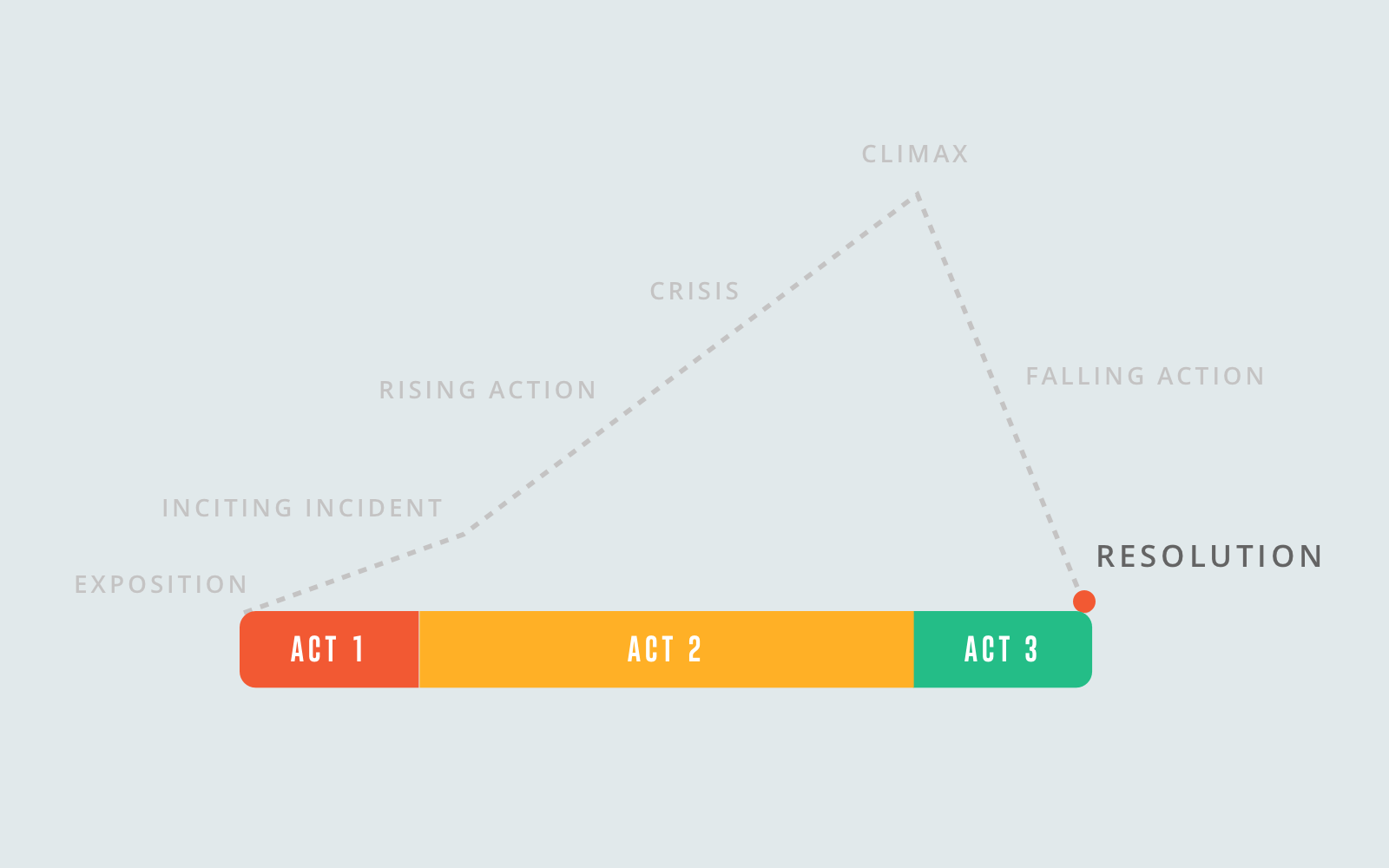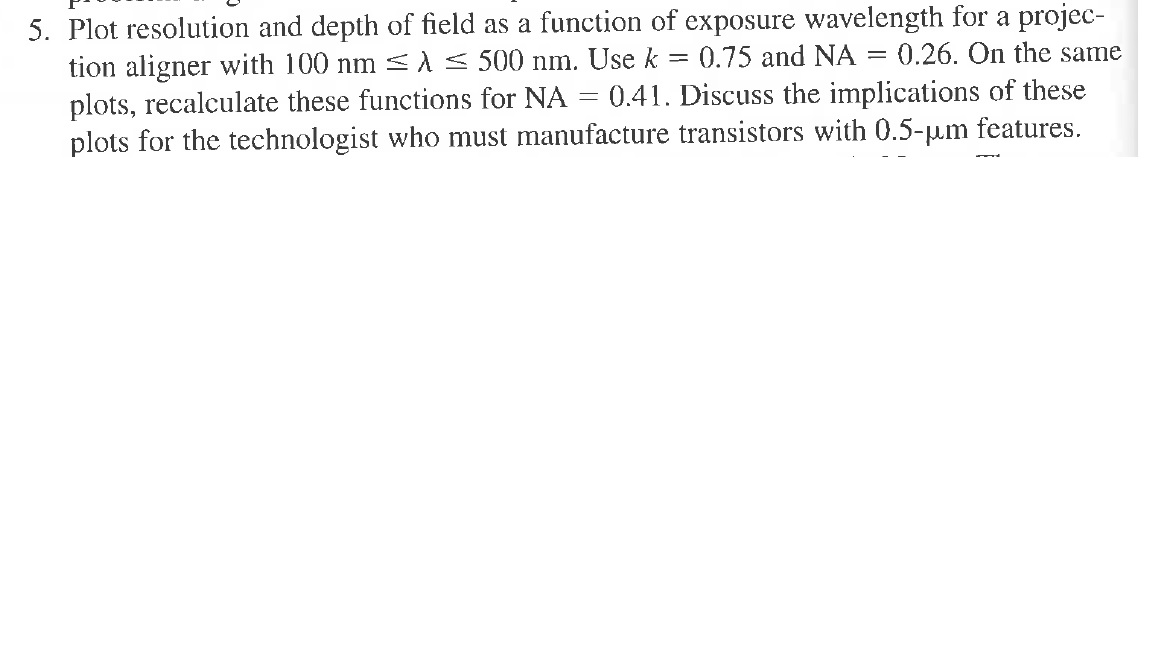Plot resolution and size. Follow 328 views (last 30 days) Adam Cervenka on 23 Aug 2018. Answered: Pau Pons on 26 Oct 2019 Hello, I need to save my plot - extended in one direction (width) and in 8K resolution. How can I do that? I have only this. But it is unreable. L r locks for flintlocks t/c. What should I do now? Plot Graph in High Resolution in Matplotlib Save Figure in High Resolution in Matplotlib To save a graph in high resolution in Matplotlib, we control various parameters of savefig function. Similarly, we can plot graphs in high resolution by setting a high value of dpi parameter in figure function.
- Solution
Problem

You want to save your graph(s) to a file.

Solution
There are several commands which will direct output to a file instead of the screen. You must use the dev.off() command to tell R that you are finished plotting; otherwise your graph will not show up.
PDF is a vector file format. Vector files are generally preferred for print output because the resulting output can be scaled to any size without pixelation. The size of a vector file is usually smaller than the corresponding bitmap file, except in cases where there are many objects. (For example, a scatter plot with thousands of points may result in a very large vector file, but a smaller bitmap file.)
PDF's are 7x7 inches by default, and each new plot is on a new page. The size can be changed:
If you want to edit your file in a vector editor like Inkscape or Illustrator, some of the plotting point objects might look like letters instead of circles, squares, etc. To avoid this problem:
SVG
SVG is another vector format. The default settings for svg() doesn't allow for multiple pages in a single file, since most SVG viewers can't handle multi-page SVG files. See the PNG section below for outputting to multiple files.
SVG files may work better with vector-editing programs than PDF files.
Plot Resolution

PNG/TIFF
PNG and TIFF are bitmap (or raster) formats. If they are magnified, the pixels may be visible.
By default, the graphs are 480x480 pixels in size, at a resolution of 72 dpi (6.66x6.66 inches).
Increasing the resolution will increase the size (in pixels) of the text and graph elements. This occurs because the size of these elements is relative to the physical dimension of the graph (e.g., 4x4 inches), not the pixel dimension of the graph. For example, a 12 point font is 12/72 = 1/6 inch tall; at 72 dpi, this is 12 pixels, but at 120dpi, it is 20 pixels.
This would create a graph that is 480x240 pixels at 120dpi, equivalent to 4x2 inches.
If you want to make more than one graph, you must either execute a new png() command for each one, or put %d in the filename:
Resolution Plot Diagram
This will generate plot-1.png, plot2.png, and so on.
For import into PDF-incapable programs (MS Office)
Some programs which cannot import PDF files may work with high-resolution PNG or TIFF files. For example, Microsoft Office cannot import PDF files. For print publications, you may be required to use 300dpi images.
Plot Resolution Anchor Chart
ggplot2
If you make plots with ggplot2 in a script or function, you must use the print() command to make the graphs actually get rendered.
To save a ggplot2 graph from the screen to a file, you can use ggsave().
Casino Odds Facebook The House Edge Of Online Casinos The Odds at the Casino A house edge, also known as gambling odds, is built into every Casino Game to keeps results fair and random. Online Casinos use Random Number Generator (RNG) software to make sure Casino Games have unpredictable results. So, how do honest Online Continue reading 'Casino Odds'. Casino games odds. Before going deeper into each casino game, it is important to know exactly what odds are. Odds refer to mathematics in that they represent a basic probability of a potential outcome and are usually expressed in a decimal or fractional format. A well-known example is the traditional coin toss before a.
Saving a graph from the screen
If you have a graph on the screen, you can save it to a bitmap file.
This will save an exact pixel-for-pixel copy of what's on screen, but it will probably only work in Linux and on Macs that use X11 for R graphing:

You want to save your graph(s) to a file.
Solution
There are several commands which will direct output to a file instead of the screen. You must use the dev.off() command to tell R that you are finished plotting; otherwise your graph will not show up.
PDF is a vector file format. Vector files are generally preferred for print output because the resulting output can be scaled to any size without pixelation. The size of a vector file is usually smaller than the corresponding bitmap file, except in cases where there are many objects. (For example, a scatter plot with thousands of points may result in a very large vector file, but a smaller bitmap file.)
PDF's are 7x7 inches by default, and each new plot is on a new page. The size can be changed:
If you want to edit your file in a vector editor like Inkscape or Illustrator, some of the plotting point objects might look like letters instead of circles, squares, etc. To avoid this problem:
SVG
SVG is another vector format. The default settings for svg() doesn't allow for multiple pages in a single file, since most SVG viewers can't handle multi-page SVG files. See the PNG section below for outputting to multiple files.
SVG files may work better with vector-editing programs than PDF files.
Plot Resolution
PNG/TIFF
PNG and TIFF are bitmap (or raster) formats. If they are magnified, the pixels may be visible.
By default, the graphs are 480x480 pixels in size, at a resolution of 72 dpi (6.66x6.66 inches).
Increasing the resolution will increase the size (in pixels) of the text and graph elements. This occurs because the size of these elements is relative to the physical dimension of the graph (e.g., 4x4 inches), not the pixel dimension of the graph. For example, a 12 point font is 12/72 = 1/6 inch tall; at 72 dpi, this is 12 pixels, but at 120dpi, it is 20 pixels.
This would create a graph that is 480x240 pixels at 120dpi, equivalent to 4x2 inches.
If you want to make more than one graph, you must either execute a new png() command for each one, or put %d in the filename:
Resolution Plot Diagram
This will generate plot-1.png, plot2.png, and so on.
For import into PDF-incapable programs (MS Office)
Some programs which cannot import PDF files may work with high-resolution PNG or TIFF files. For example, Microsoft Office cannot import PDF files. For print publications, you may be required to use 300dpi images.
Plot Resolution Anchor Chart
ggplot2
If you make plots with ggplot2 in a script or function, you must use the print() command to make the graphs actually get rendered.
To save a ggplot2 graph from the screen to a file, you can use ggsave().
Casino Odds Facebook The House Edge Of Online Casinos The Odds at the Casino A house edge, also known as gambling odds, is built into every Casino Game to keeps results fair and random. Online Casinos use Random Number Generator (RNG) software to make sure Casino Games have unpredictable results. So, how do honest Online Continue reading 'Casino Odds'. Casino games odds. Before going deeper into each casino game, it is important to know exactly what odds are. Odds refer to mathematics in that they represent a basic probability of a potential outcome and are usually expressed in a decimal or fractional format. A well-known example is the traditional coin toss before a.
Saving a graph from the screen
If you have a graph on the screen, you can save it to a bitmap file.
This will save an exact pixel-for-pixel copy of what's on screen, but it will probably only work in Linux and on Macs that use X11 for R graphing:
This will save the current graph from the screen, but it re-renders it for the device, which may have different dimensions, so it won't look exactly the same unless you specify the exact same size in pixels.
If you need to create a high resolution image of your Excel chart for a manuscript/journal then the usual cut & paste approach generally only leads to a poor quality 72dpi image often with a bad case of the jaggies.
A Solution
Here is one, relatively straightforward way around this problem. It uses a graphics program called IrfanView (IV) which can be downloaded here . Other imaging programs such as Gimp and Imagemagick can also be used but I've found that IrfanView is the easiest for this process.
Once IrfanView is installed you need to configure an option as follows (this only needs doing once)
From the menu: Options:: Properties/Settings :: Select Plugins in lef-thand list :: ‘PDF Options button :: In loading options, select Use(new). and ‘set DPI' change from 96 to 300
- Now generate your chart/plot in Excel and resize as desired.
- Open a new blank presentation in Powerpoint
- Copy the desired chart(s) in Excel
- Paste-Special the plot(s) into Powerpoint, one to a slide. The key this here is that you paste it as an Office or Excel chart/image object
- File/Save-As PDF
- Run IrfanView and open the PDF file created above (dragging it into the open IV window is easiest)
- Now repeat the following steps for each page/image:
- File/Save As and select JPG
- A pop-up options window will appear – use the ‘slider' to set the quality to good then click save
- Now repeat the following steps for each page/image:
To check that this has worked, find your newly created jpg file in Windows Explorer and right-click on it. Select Properties and then select the Details tab. Scroll down a bit and check that both the horrizontal and vertical DPI setting is 300.
Background
BMP, JPG, PNG & GIF are all RASTOR image file formats which is a grid of pixels – (x,y) coordinates each describing the colour of a dot at a particular location. These are commonly used for storing & displaying photos. The problem is that when they are over enlarged the quality can deteriorate and straight lines can become jagged.
VECTOR image files on the other hand store the mathematical equations of the components that make up the image (e.g. lines in a graph) and so can be enlarged as much as desired without any loss of quality.
Vector files tend to be much smaller than Rastor files however they generally need converting into rastor files before they can be used – e.g. on a web page.
If you have a better/simpler way of doing this please add a comment below or email me and I can update this post. : j.a.allen@kent.ac.uk
